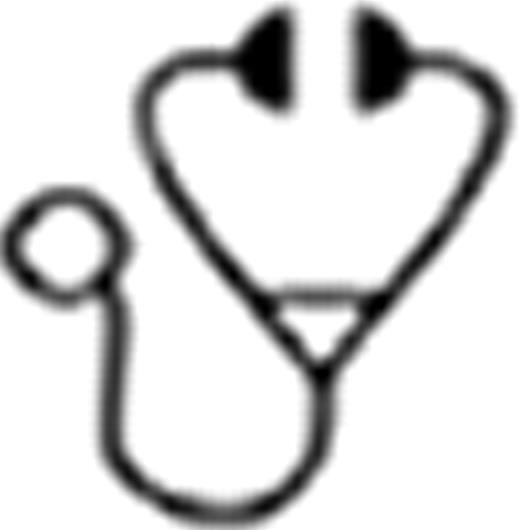Abstract
Reduced intensity conditioning (RIC) allogeneic hematopoietic stem cell transplantation (HSCT) is associated with decreased transplant-related mortality (TRM). However, RIC-HSCT is typically associated with higher rates of mixed chimerism and graft rejection compared to myeloablative conditioning. Host T-cell immunity has been demonstrated to be an important predictor of engraftment and establishment of full donor chimerism in clinical studies. It was previously demonstrated in murine models that concurrent fludarabine (F) and cyclophosphamide (C) ablated host T-cells to the extent of myeloablative total body irradiation with reduced myeloid cell toxicity and prevented rejection of fully MHC-disparate marrow allografts (Petrus et al, BBMT, 2000). While fludarabine and cyclophosphamide are agents commonly used in reduced intensity conditioning regimens, their concurrent use has never been reported. Here, we analyze results from 102 patients who received the reduced intensity conditioning FC regimen in the setting of matched related or unrelated allogeneic stem cell transplantation.
On four consecutive protocols at the National Cancer Institute, hematologic malignancy patients received induction chemotherapy followed by the FC regimen: fludarabine 30 mg/m2/d, days −6 to −3 and cyclophosphamide 1200 mg/m2/d, days −6 to −3. Peripheral blood stem cells were infused on Day 0. GVHD prophylaxis was either a calcineurin inhibitor alone or in combination with other agents.
102 patients (females, 36; males, 66) were enrolled on study. Median age was 50 yrs (range, 21–71). Diagnoses included AML/MDS (n = 2), HL (n = 12), DLBCL (n = 35), CLL (n = 13), FL (n = 12), MCL (n = 10) and TCL (n = 10). Median number of prior regimens = 3 (range, 1 – 9); 25 patients had prior autologous transplant. Transplants were performed using HLA - matched sibling donors (n = 82) or 10/10 matched unrelated donors (n = 20). At the time of study entry, disease status was defined as chemosensitive (n = 53) or chemorefractory (n = 49). Patients were in CR (n = 19), PR (n = 26), SD (n = 37), or PD (n = 19); one patient was not evaluable. 101 of 102 patients (99%) proceeded to transplant. Median CD3+, CD4+, and CD8+ lymphocyte counts after induction chemotherapy (pre-FC conditioning) were: 150 cells/μl (1–1557), 80 cells/μl (0–1332), and 52 cells/μl (52–1195), respectively. Following FC conditioning, median CD3+, CD4+, and CD8+ counts were: 3 cells/μl (0–65), 3 cells/μl (0–93), and 0 cell/μl (0–22) (each p< 0.0001). All patients engrafted. Median time to neutrophil engraftment (ANC > 500) was 10 days and platelet engraftment (plt > 20 48 hours post transfusion) was 11 days. At Day +14, median CD3+ chimerism was 100% (range 30–100%), CD14+/15+ chimerism was 100% (range 6–100%), and whole blood chimerism was 100% (range 11–100%). Patients maintained full donor chimerism as evidenced by median 100% (range 50–100%) whole blood chimerism at Day +100. By Day +28 post-transplant, 41 patients (40%) achieved (n=24) or maintained (n=17) a CR and 38 patients (37%) achieved or maintained a PR for an overall response rate of 77%. Fourteen patients had SD and 4 had PD. Day +100 and one year TRM were 7% and 15% respectively. With a median follow-up of 92.4 months, 1 yr and 2 yr EFS were 52% and 41% and 1 yr and 2 yr OS were 68% and 58% respectively. Both EFS (p = 0.0003) and OS (p = 0.01) were significantly associated with response to FC. Acute GVHD grades II-IV and III-IV occurred in 56% and 23% of patients respectively. The rate of chronic GVHD was 65%. Grade IV non-hematologic toxicities as of Day +28 post-transplant included cardiac (n = 7, n = 1 Grade V), pulmonary (n=9), GI (n=9), and neurologic (n=3). While 62% of patients had at least one Grade III infection, only 2 patients had a Grade IV infection.
The concurrent FC conditioning regimen resulted in host T-cell ablation and rapid full donor chimerism characteristic of myeloablative conditioning regimens. Furthermore, RIC-HSCT using concurrent FC achieved a high rate of complete remissions with an acceptable safety profile.
No relevant conflicts of interest to declare.

This icon denotes a clinically relevant abstract
Author notes
Asterisk with author names denotes non-ASH members.

